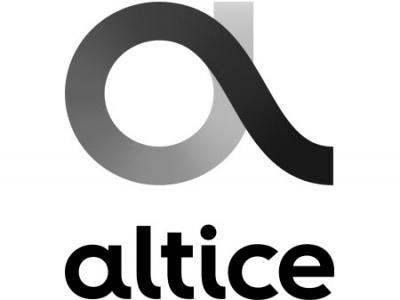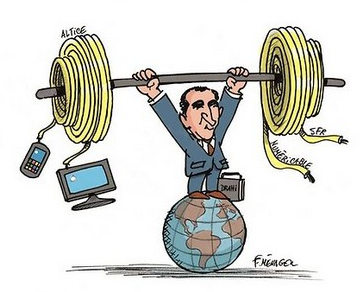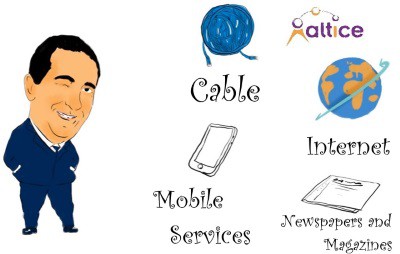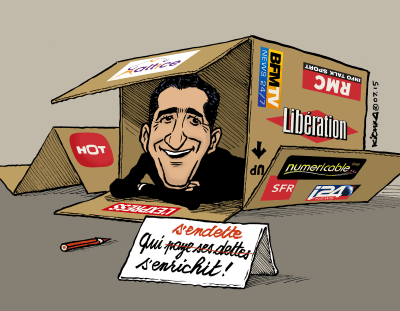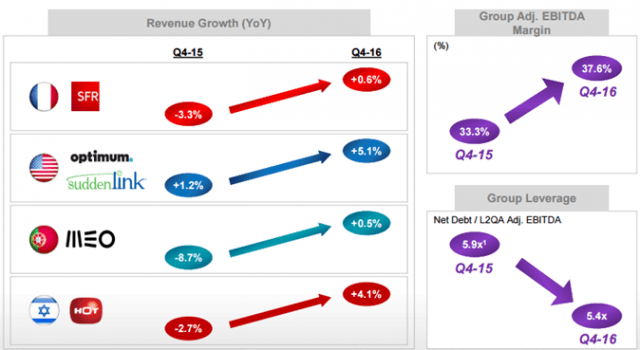 A class action lawsuit has been filed in New York alleging Cablevision’s new owner — Altice USA, illegally changed the terms and conditions of its cancellation policy without adequate notice and was unjustly enriched charging millions for service departing customers did not receive.
A class action lawsuit has been filed in New York alleging Cablevision’s new owner — Altice USA, illegally changed the terms and conditions of its cancellation policy without adequate notice and was unjustly enriched charging millions for service departing customers did not receive.
New York resident Christopher Krafczek discovered he was still being billed for Altice’s Optimum cable service after canceling his service. He was caught in Altice’s change of its terms and conditions that took effect Oct. 10, 2016, which declared in all-capital letters Altice doesn’t give refunds for customers electing to cancel service before the end of a billing cycle:
Monthly Charges: Your monthly subscription begins on the first day following your installation date and renews thereafter on a monthly basis beginning on the first day of the next billing period assigned to you until cancelled by you. The monthly service charge(s) will be billed at the beginning of your assigned billing period and each month thereafter unless and until you cancel your Service(s). PAYMENTS ARE NONREFUNDABLE AND THERE ARE NO REFUNDS OR CREDITS FOR PARTIALLY USED SUBSCRIPTION PERIOD(S).
Krafczek and his attorneys are taking Altice to court claiming the cable company broke New York’s General Business Law § 349 for deceptive practices and for unjust enrichment. The class action lawsuit claims the cable operator failed to provide proper written notice of the change in its billing practices.
 Customers canceling service before the end of a billing cycle can incur $100 or more in charges for cable service no longer received after turning in cable equipment as part of a move or to switch providers.
Customers canceling service before the end of a billing cycle can incur $100 or more in charges for cable service no longer received after turning in cable equipment as part of a move or to switch providers.
Altice is likely to claim Krafczek has no standing to bring the case because Cablevision/Altice subscribers are bound by a mandatory arbitration provision in their subscriber agreement. If a customer did not send Altice a written opt-out request within a limited window of time when mandatory arbitration was first introduced, Altice will likely claim that customer cannot sue or participate in a class action lawsuit.
Company officials told the Asbury Park Press last fall subscribers were given advance notice of the change of terms. A spokeswoman told the newspaper Cablevision included the change of terms notice in several monthly billing statements. The spokeswoman also claimed customer service representatives are trained to tell departing customers that billing would continue until the end of the billing cycle, allowing customers to schedule a disconnect at that time.
The case seeks a minimum of $50 or greater in damages for each class member, based on the amount billed after disconnecting service, attorney fees, and punitive damages.
The lawsuit claims customers in New York, Connecticut, and New Jersey who voluntarily disconnected cable service between October 2016 and May 3, 2017 paid more than $5 million for service they did not want to continue receiving.
The law firm of Mayer Brown LLP is handling the case.


 Subscribe
Subscribe